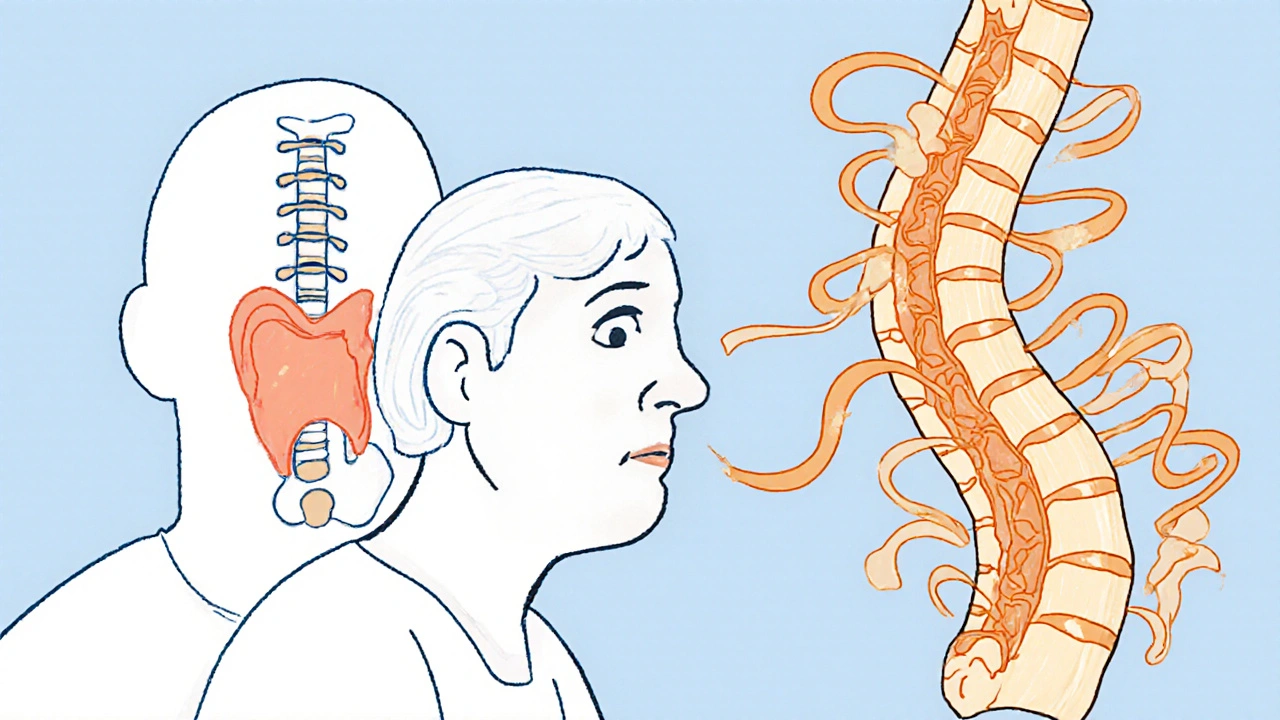Osteoporosis Treatment: What Works and How to Stay Safe
If you’ve been told you have osteoporosis, the first thought is often “what now?” The good news is there are several proven ways to strengthen bones and cut your fracture risk. Below you’ll find the most common treatments, quick tips for everyday life, and safety pointers you can act on today.
Medications That Actually Build Bone
Doctors usually start with a prescription that either slows bone loss or helps rebuild bone tissue. The most frequently used drugs are:
- Bisphosphonates – pills like alendronate (Fosamax) or risedronate (Actonel). Take them with a full glass of water on an empty stomach, stay upright for 30 minutes, and avoid food or other meds for a few hours.
- Denosumab – a injection given every six months. It works by blocking a protein that tells bone to break down.
- Teriparatide – a daily injection that actually stimulates new bone growth. It’s usually reserved for severe cases.
- Selective estrogen receptor modulators (SERMs) – such as raloxifene, which can help women after menopause.
Side effects vary, but the most common are stomach upset (bisphosphonates) and mild flu‑like symptoms after the first denosumab dose. If you notice unusual pain, jaw soreness, or new skeletal discomfort, call your doctor right away.
Supplements and Lifestyle Tweaks
Medications are powerful, but they work best when you add a few everyday habits:
- Calcium – aim for 1,000 mg a day (1,200 mg if you’re over 50). Dairy, leafy greens, and fortified plant milks are good sources.
- Vitamin D – helps your body absorb calcium. About 800–1,000 IU daily is typical, but a blood test can guide exact dosing.
- Weight‑bearing exercise – walking, dancing, or light resistance training puts gentle stress on bones, prompting them to get stronger.
- Quit smoking and limit alcohol – both accelerate bone loss. Cutting back can make a noticeable difference in a few months.
When you combine a prescription with proper calcium, vitamin D, and regular movement, studies show a 30‑40% drop in fracture rates.
Lastly, keep an eye on your overall health. Conditions like thyroid disease, rheumatoid arthritis, or chronic steroid use can undermine bone strength. Regular check‑ups let your doctor adjust treatment before problems build up.
Bottom line: osteoporosis isn’t a life sentence. With the right meds, the right nutrients, and a bit of activity, you can protect your skeleton and keep living without fear of breaks.
How Parathyroid Hormone Treats Osteoporosis: Benefits, Risks & Clinical Guide
- Cheryl Moran
- October 21, 2025
- 6 Comments
Explore how parathyroid hormone works as an osteoporosis treatment, its approved drugs, clinical evidence, side effects, and practical guidance for patients.
read moreIbandronate Sodium Success Stories: Real-Life Impact on Bone Health
- Cheryl Moran
- September 14, 2025
- 21 Comments
Discover how ibandronate sodium improves bone density and reduces fractures through real-life patient stories, dosing tips, safety guidance, and comparisons with other bisphosphonates.
read more
